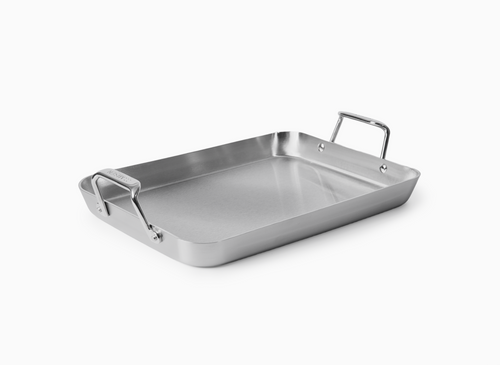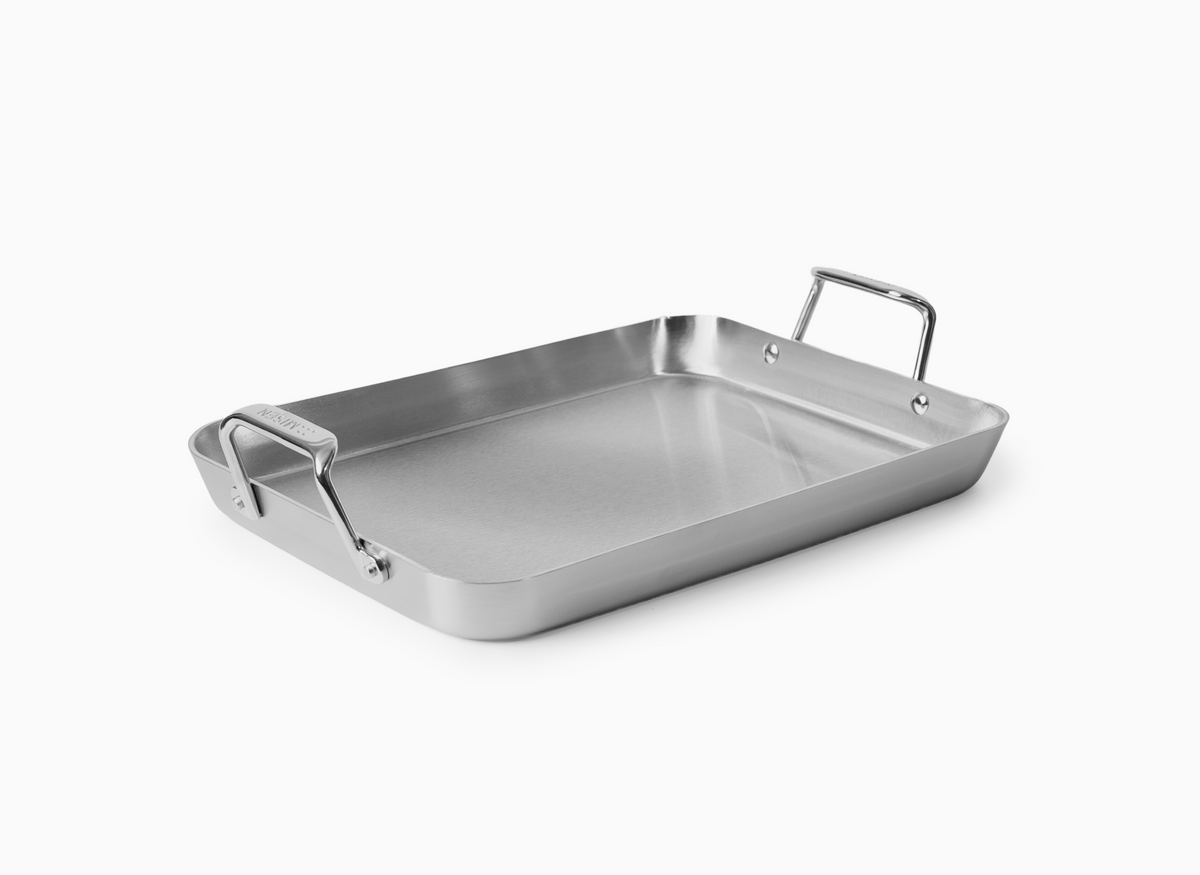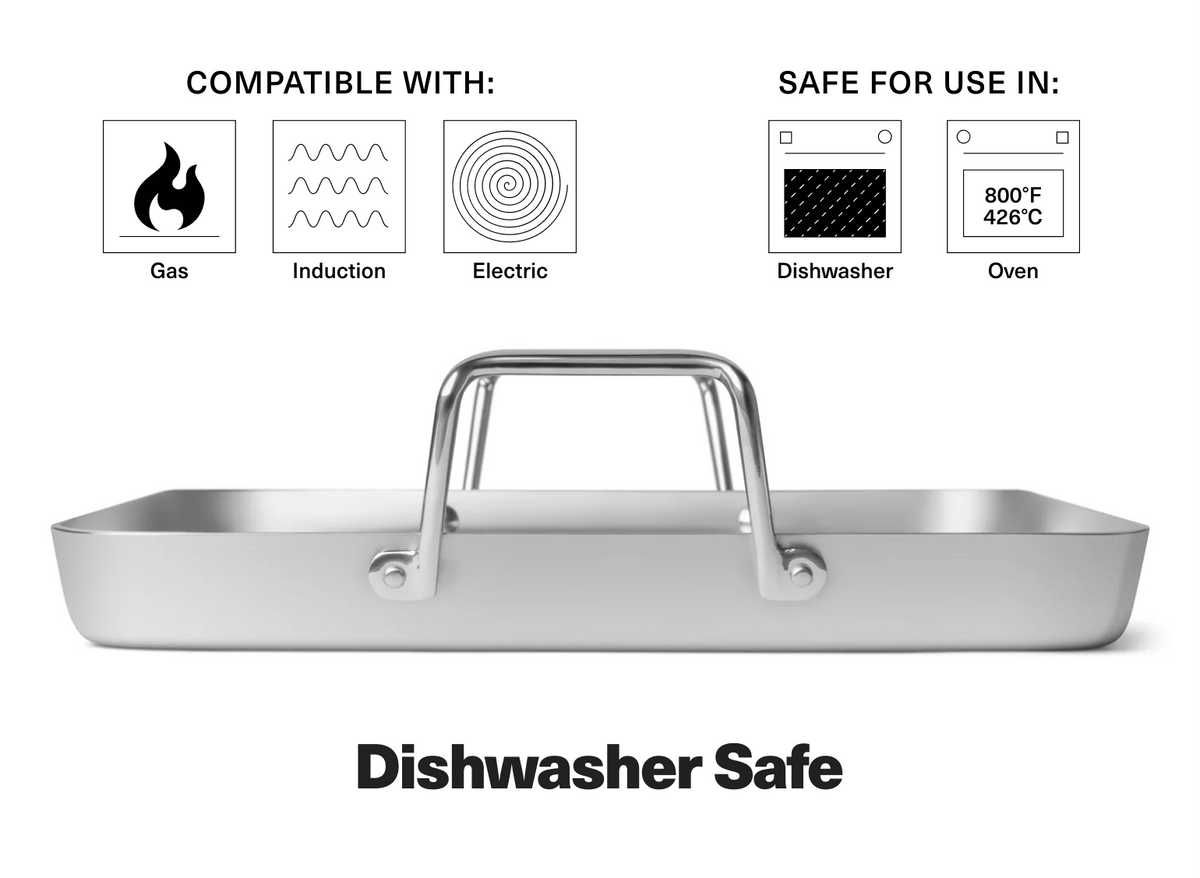How Long to Steam Frozen Crab Legs for Best Flavor

Master the art of perfectly steamed crab legs with this comprehensive guide covering everything from proper thawing techniques to precise cooking times. Learn how to enhance flavors with aromatics and achieve the ideal texture through careful temperature control and timing.
- Thaw crab legs in cold water for 30 minutes or overnight in the refrigerator for optimal results
- Use a steamer basket elevated 1.5-2 inches above water level for proper steam circulation
- Add aromatics and seasonings to the steaming liquid for enhanced flavor
- Steam thawed snow crab legs for 5-7 minutes, king crab legs for 8-10 minutes
- Monitor shell color and meat texture for perfect doneness
Preparing Frozen Crab Legs for Steaming
Thawing methods for frozen crab legs
For best results, thaw frozen crab legs in cold water while keeping them in their original packaging to maintain optimal flavor and ensure food safety. Place them in a sink or large bowl of cold water for approximately 30 minutes until they become flexible but retain a slight iciness. For advanced preparation, thawing overnight in the refrigerator provides excellent results. Properly stored crab legs maintain their quality for up to 10-11 months in the freezer[1].
Selecting the right pot and steamer basket
The perfect steaming setup requires thoughtful equipment selection. A carbon steel wok works exceptionally well for steaming, offering superior heat distribution and ample space for proper steam circulation. Our carbon steel wok provides the ideal vessel for this cooking method. Whatever pot you choose should be at least 4 inches taller than your steamer basket, allowing steam to circulate effectively. The basket should elevate the crab legs 1.5-2 inches above the water level, ensuring proper steaming rather than boiling.
Seasoning options for enhanced flavor
Transform your steamed crab legs by incorporating aromatic ingredients into the steaming liquid. Create a flavorful base using crushed garlic, lemon zest, and fresh herbs. White wine or beer can replace half the water for added depth, while ginger, lemongrass, and star anise offer an Asian-inspired profile. Apply melted butter mixed with minced garlic and fresh parsley directly on the legs halfway through steaming for enhanced flavor.
Setting Up Your Steaming Station
Proper water levels for steaming
Maintain 2-3 inches of water in your pot, ensuring it remains just below the steamer basket's bottom. This gap prevents boiling water from touching the crab legs, preserving the proper steaming environment. For a standard 12-inch pot, use approximately 2 cups of water. Monitor water levels between batches, adding hot water as needed to maintain proper depth.
Adding aromatics to the steaming liquid
Begin with a foundation of sliced lemons, crushed garlic cloves, and fresh bay leaves in your steaming liquid. Layer in fresh herbs like thyme, dill, or tarragon, allowing their essential oils to infuse the crab meat during cooking. Add aromatics to already simmering water to prevent bitter flavors from developing through prolonged boiling.
Arranging crab legs in the steamer basket
Position crab legs in a single layer across the steamer basket, avoiding overlap that could lead to uneven heating. Place clusters with their thickest parts toward the center where heat concentrates. Leave small gaps between pieces to allow proper steam circulation, as crowding can extend cooking time and produce uneven results[2].
How Long to Steam Frozen Crab Legs for Best Flavor
Steaming times for snow crab legs
Steam thawed snow crab legs for 5-7 minutes if fully defrosted, or 8-10 minutes if partially frozen. Begin timing once steam escapes from under the lid. The shells will turn bright orange-red and release a sweet, briny aroma when properly cooked.
Optimal steaming duration for king crab legs
King crab legs require 8-10 minutes of steaming when thawed, with an additional 2-3 minutes for frozen legs. Position larger sections near the center of the steamer where heat concentrates. The meat should reach 145°F internally when done. For jumbo Alaskan king crab legs over 1 pound each, extend steaming time to 12-14 minutes.
Adjusting steaming time based on crab leg size
Customize steaming duration according to leg diameter: under 1 inch thick requires 6-8 minutes from thawed, medium legs (1-1.5 inches) need 8-10 minutes, and jumbo legs over 1.5 inches require 12-15 minutes. For precision, steam until the thickest part reaches 145°F, testing at the joint where meat is most dense.
Monitoring the Steaming Process
Signs of perfectly steamed crab legs
Look
Look for bright red shells with a slight sheen and meat that separates cleanly from the shell. Properly steamed meat should appear pearly white with a slight pink tinge, maintaining moisture and glossiness. Steam wisps should escape when cracking open a leg, and the meat should feel warm but not scalding throughout.
Avoiding overcooking and texture issues
Monitor for key indicators to prevent overcooking. The meat should maintain distinct segments while pulling cleanly from the shell. Stop steaming once you detect a sweet ocean aroma and observe bright red shells with a slight sheen. Maintain a steady simmer rather than a rolling boil to prevent tough meat[3].
Using a meat thermometer for accuracy
Ensure perfectly steamed crab legs by measuring internal temperature at the coolest point. Insert the probe through the thickest part of the leg joint, then slowly pull back to find the true internal temperature. The meat should reach 145°F at its coolest point for food safety while maintaining optimal texture[4].
Serving and Enjoying Steamed Crab Legs
Complementary dipping sauces and sides
Create delicious accompaniments like garlic-infused melted butter with fresh herbs, or try an Asian-inspired dipping sauce combining soy sauce, rice vinegar, and grated ginger. Serve alongside crusty bread, roasted fingerling potatoes, or grilled corn on the cob for a complete meal.
Proper tools for cracking and eating crab legs
Equip your dining station with a sturdy cracker designed for precise pressure application and a specialized fork with thin tines for meat extraction. Include shallow bowls for shell collection and small ramekins for melted butter and sauces[5].
Storing and reheating leftover steamed crab legs
Store leftover crab legs in airtight containers in the refrigerator for up to 3 days. For longer storage, wrap tightly in moisture-proof packaging before freezing, where they'll maintain quality for 1-2 months[6]. When reheating, wrap legs in foil and warm in a 350°F oven for 10-15 minutes until heated through.
Conclusion
Mastering the art of steaming crab legs is a culinary skill that rewards with delicious results. By following the guidelines for proper thawing, seasoning, and steaming techniques, you can consistently achieve perfectly cooked crab legs with optimal flavor and texture. Remember to monitor the steaming process closely, using visual cues and temperature checks to ensure the best outcome. With practice, you'll be able to create restaurant-quality seafood dishes in the comfort of your own home, impressing family and friends with your culinary expertise.
Ready to start creating restaurant-quality seafood dishes at home? Shop Now for the essential tools you need to perfect your steaming technique.
- Crab-O-Licious. (n.d.). Frozen Crab.
- Downshiftology. (n.d.). How to Cook Crab Legs.
- Martha Stewart. (n.d.). How to Steam Crab Legs.
- Serious Eats. (n.d.). How to Take Meat Temperature.
- Fog Harbor. (n.d.). Tools for Eating Crab Legs.
- The Tasty Bite. (n.d.). Ultimate Guide to Cooking, Serving, and Storing Crab Legs.








